Parker Loew - Conversations with Creatives
Quick Summary
Conversations with Creatives is an ongoing interview series between myself and those that truly inspire me. This is a space for me to dig deeper into their creative journey and process to uncover more about what led them here, what pushes them forward and what they hope to achieve.
Interview #2 - Parker Loew
Parker Loew is a film photographer and outdoorsman currently based in Colorado.
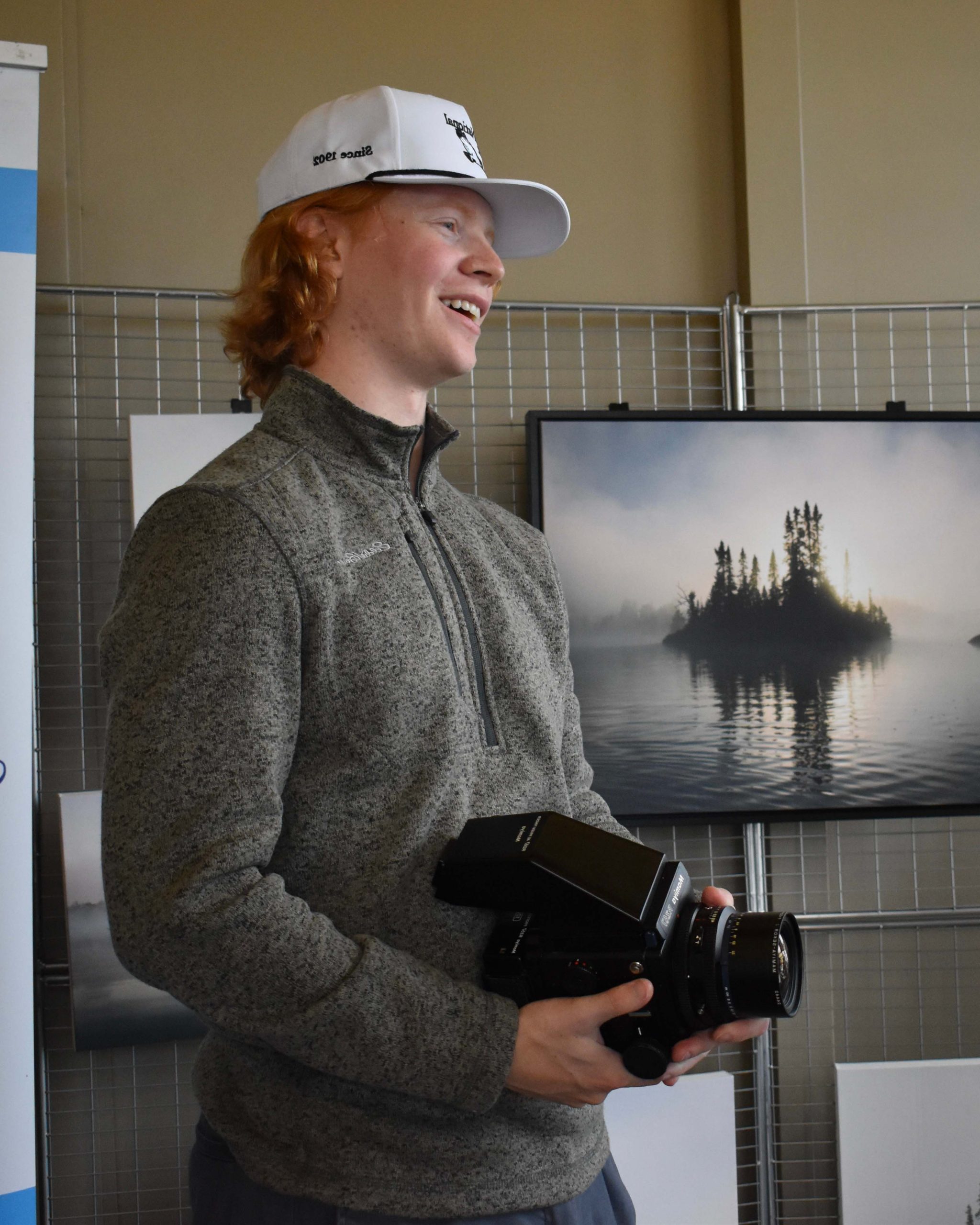
Once you see Parker's work, it's hard to forget.
His film photography captures the vastness, solitude, and beauty of remote landscapes that feel deeply personal yet universally resonant. From the foggy waters of Boundary Waters Canoe Area to the stark, snow-covered plains of Routt County, Parker’s photographs don’t just depict nature, they transport you into its heart.
What struck me most about Parker’s work is his ability to weave themes of isolation, resilience, and memory into his images, creating not just stunning photographs but also evocative narratives. His commitment to long-term visual studies, such as Islandland, Westworld, and Winter in Routt County, demonstrates a dedication to not just capturing moments but fully immersing himself in the stories of the landscapes and people he photographs.
In this interview, we dive into his passion for film photography, the creative process behind his series, and how his understanding of the natural world shapes his work. Parker’s reflections on photography as both a tool for connection and a medium for conveying the essence of his subjects offer an inspiring glimpse into what drives him to pick up his camera and get shooting.
I hope this conversation inspires you as much as it inspired me. You can follow Parker on Instagram here.
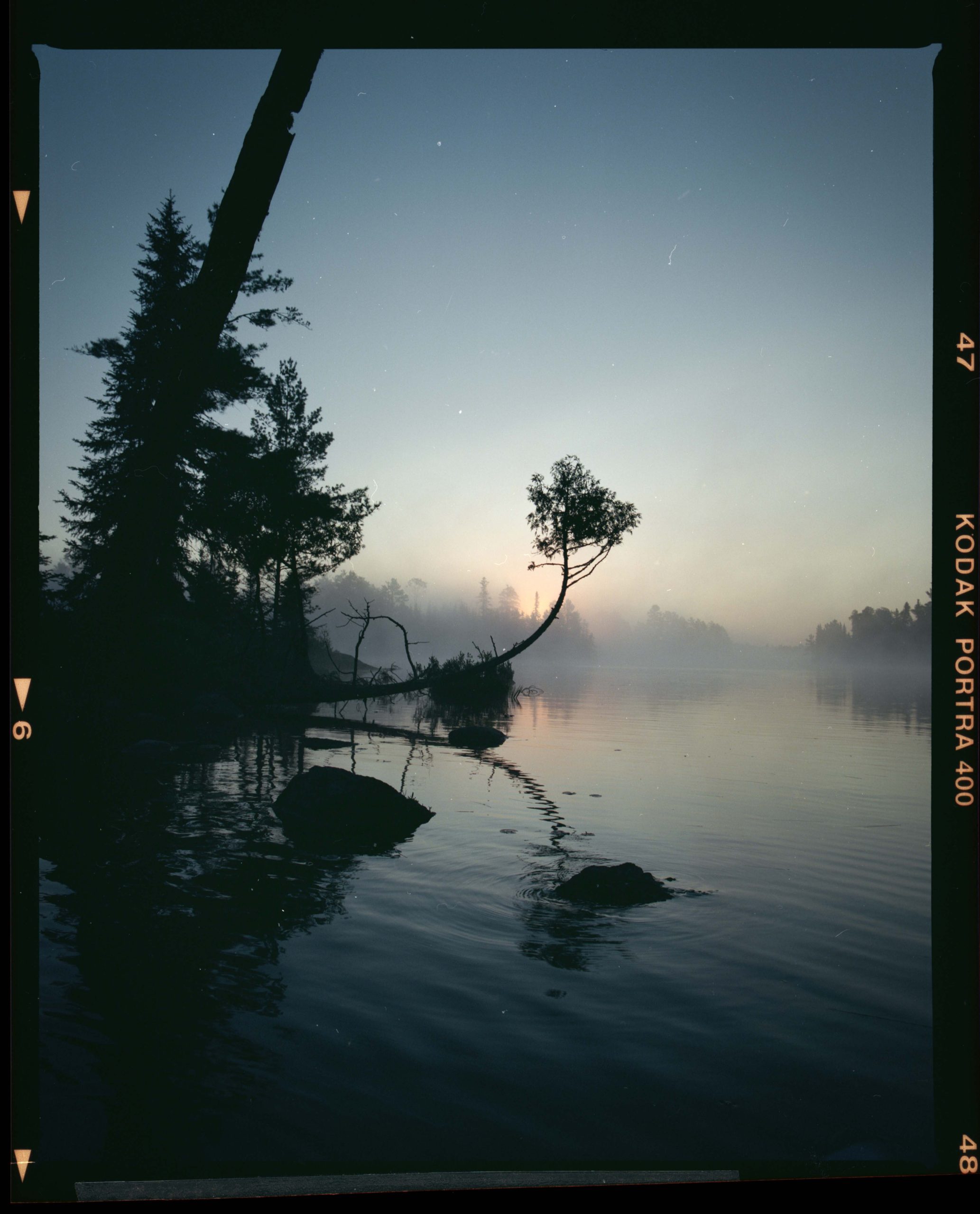
1 - Early Days...
I’d love to, firstly, understand more about where you grew up and your younger years. Could you give a brief sketch of your early childhood?
I grew up in a suburb of Minneapolis, Minnesota; my mom was a nutrition scientist and my dad an architect.
I went to a small private catholic school for most of my secondary schooling.
Though I grew up in a mostly urban environment, my house backed up to a small regional park with a couple hundred acres of forest and small lakes and ponds. My brother and I spent a ton of time together exploring this area growing up.
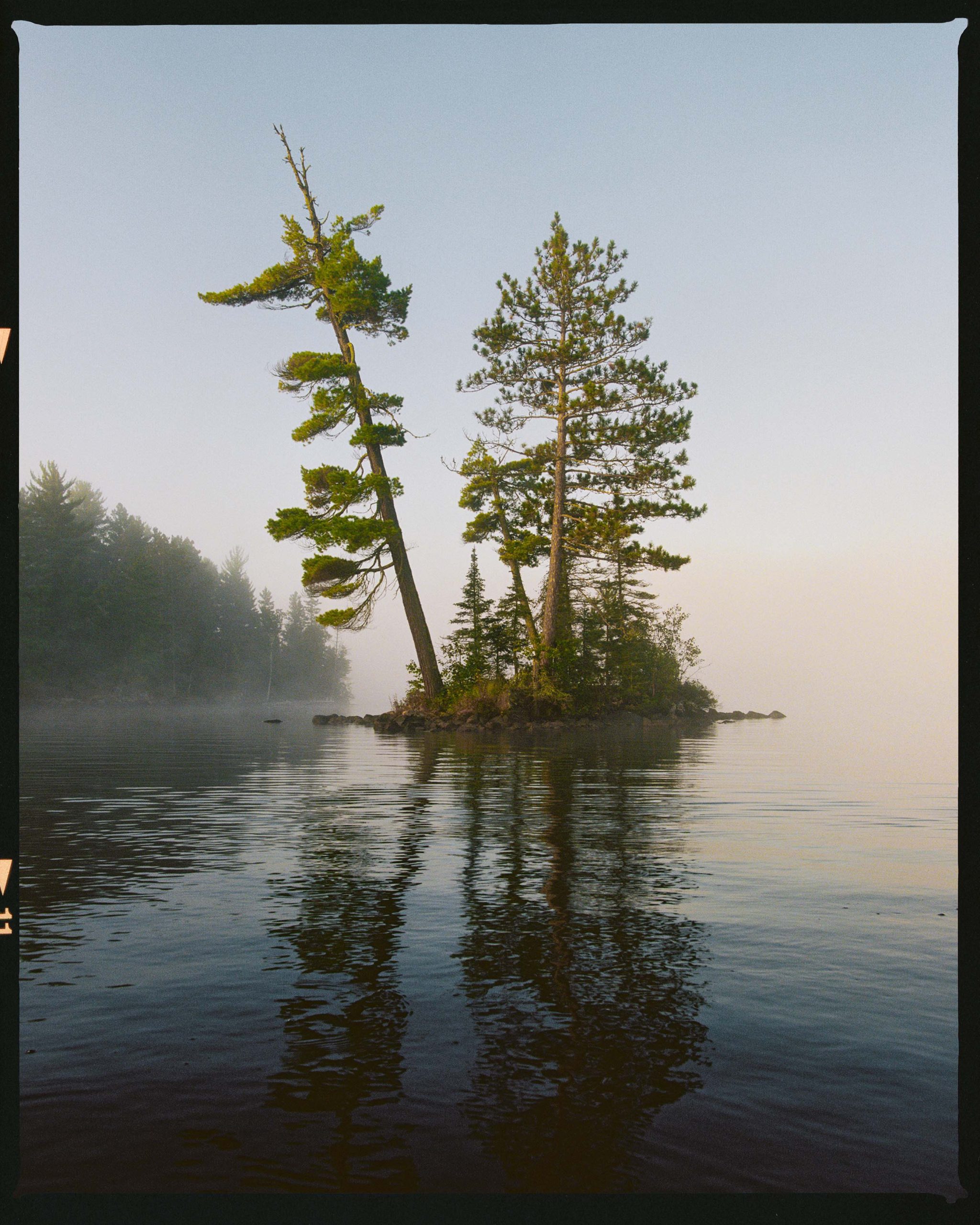
Are there any aspects of your childhood or youth that led you toward an appreciation of the outdoors and eventually into your photography?
When I was about 8 years old my Mom got a work cell phone that could take pictures.
I was constantly bugging her to take pictures with her phone of butterflies behind our house in the regional park, and eventually, my parents thought it a good idea to just buy me a camera.
They bought me a blue Nikon Coolpix which I still have to this day. I brought the camera everywhere for a few years until I became a teenager and lost interest in photography for a while.
I shot mostly insects and was particularly captivated by caterpillars and butterflies.
Was there a defining moment that made you realise photography was something you wanted to pursue seriously?
I didn’t pick up a camera again until I was a sophomore in college.
I was looking for a way to express myself and remembered how much I loved taking pictures when I was a kid. I bought a camera (Sony A7s with a 50mm 1.8 kit lens) and started taking pictures at parks and natural areas around my campus (University of Minnesota Twin Cities).
Were there any specific photographers, artists, or outdoor experiences that shaped your early approach to photography?
Growing up watching the Nature Channel and Discovery, I was always inspired by the commitment and artistry that went into capturing the natural world.
My favorite photographer who I am constantly inspired by is Emmanuel Lubezki.
The way he captures light is incredible and something I often try to emulate. Another photographer whom I admire for capturing atmospheres so perfectly is Todd Hido.
An experience that permanently shaped my approach to photography was a family trip out west to Yellowstone and the Grand Tetons.
Becoming immersed in a world where I was unfamiliar and out of my comfort zone was a spectacular experience, and one I also try to create in my photography.
Two other experiences that heavily shaped my approach to photography were my photojournalism internship with the Wyoming Game and Fish Department, and working as a reporter for the Ely Echo Newspaper in Minnesota for a year and a half.
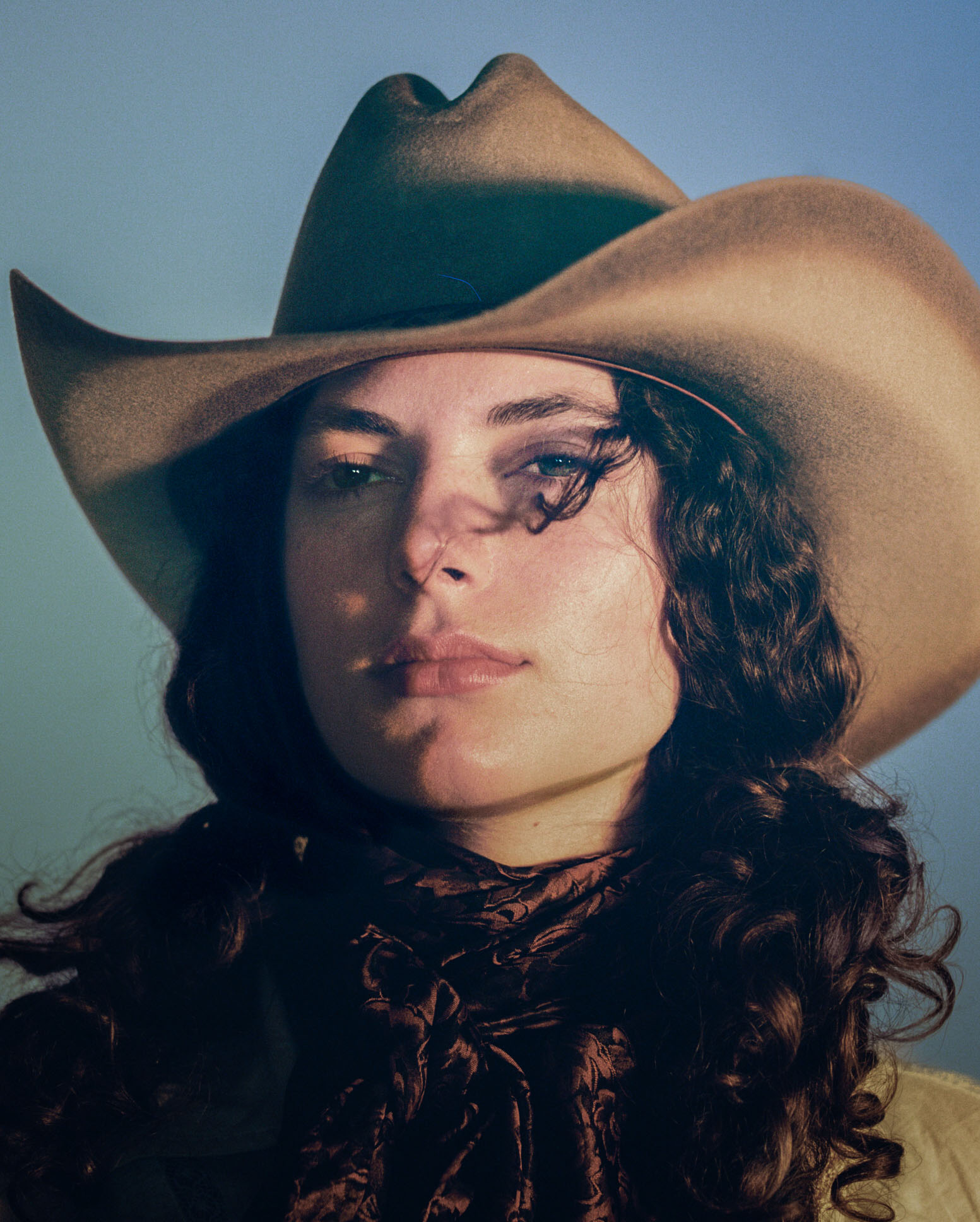
2 - Film Photography and Process
You shoot on film, which adds a unique depth and texture to your images. I’m interested in what drew you to film photography, and why have you chosen to work with it over digital?
My friend in college, Jay Sullivan, showed me one of his buddy’s Instagram pages who shot film (Kaleb Jordan) and I was blown away by the image quality and how different the images felt from digital.
I didn’t start shooting on film however until I got a photojournalism internship with Wyoming Game and Fish Department. They had me clean their photography closet and I found an old Nikon FM2 and a suite of lenses. I asked my boss if I could use it for the summer and he said yes, so I shot a bunch of film in my free time that summer.
This internship was a fantastic experience and one that also permanently shaped my style and creative process. After the internship, I bought an RB67 and used it for a couple of years until I upgraded to the RZ67 which I still own today.
I prefer to shoot film because it gives images a classic, timeless look which isn’t possible when shooting digital.
Also, I am not looking at my monitor 24/7 when shooting film, which can remove me from the scene. That being said, I do shoot digital in some circumstances and believe there is a time and a place for both.
How do you balance the technical demands of film with the unpredictable nature of outdoor photography?
During my Islandland series when I was in my Kayak with my gear, I kept everything in drybags, and all those drybags in a big drybag.
I also brought with me towels to dry off equipment when it inevitably got wet. I fortunately never had anything of importance fall in the water.
The series I am working on now is much easier to manage equipment, although I do have to deal with foggy lenses every once in a while.
How do the limitations of film enhance your ability to capture the perfect shot?
I find when I am shooting film, the pressure to capture the perfect shot is non-existent. The beauty of film is that it is imperfect, and the imperfections are beautiful.
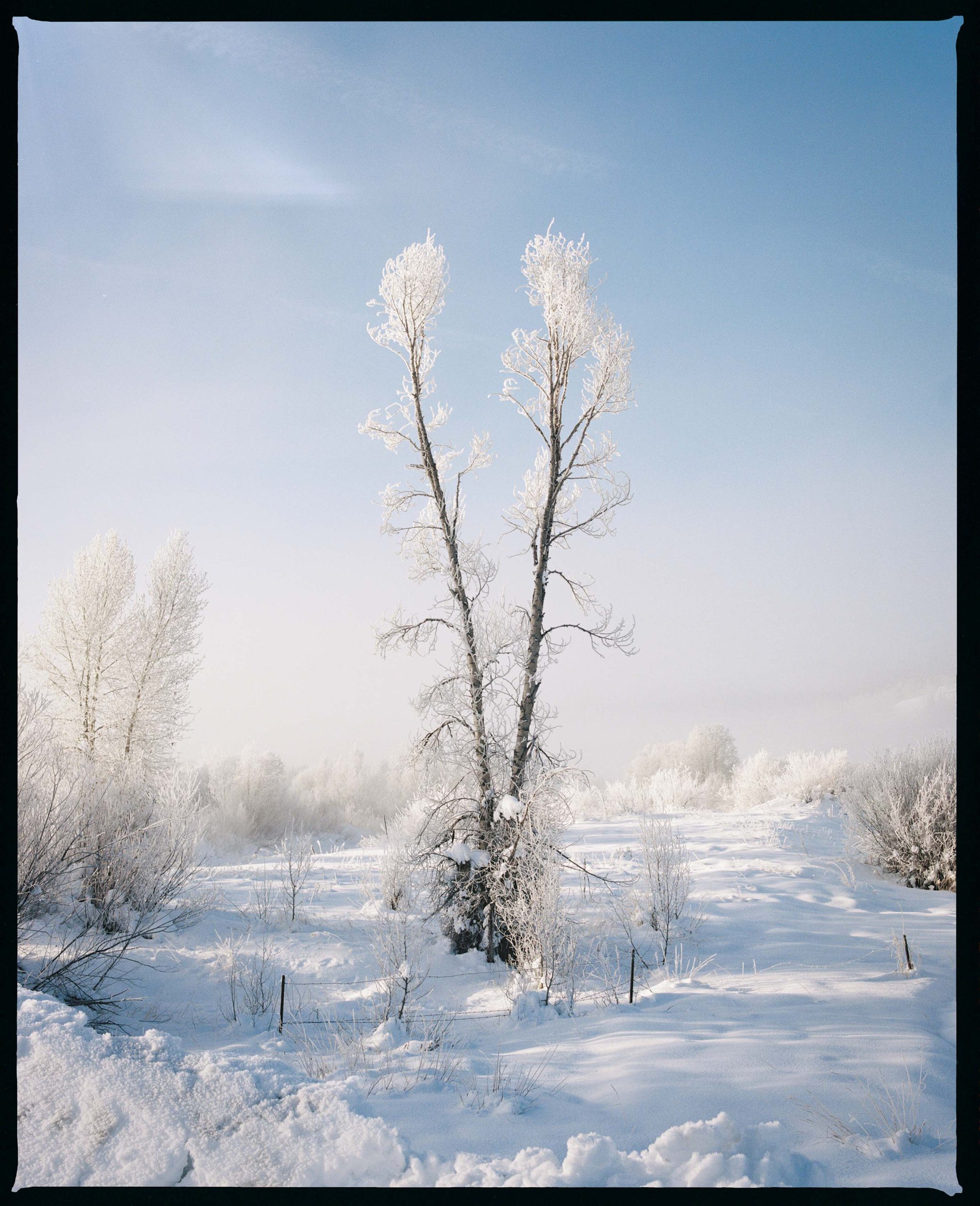
3 - Knowledge of Landscapes and the Natural World
Your work shows a deep understanding and respect for the landscapes and natural environments you photograph. How did you come to acquire such knowledge of the land and ecosystems in places like Routt County and Boundary Waters Canoe Area?
My desire to capture and photograph these areas comes from my respect and appreciation of the landscapes.
I want to share with other people not exactly what these areas look like, but more so what they feel like.
I am often blown away by how different areas feel based on the pictures I see of them. Instead of capturing exactly what these places look like, I want to capture their atmospheres.
Do you spend a lot of time scouting locations before a shoot, or is there an element of spontaneity?
In the Islandland series, I spent roughly half my time on the series scouting. One of the requirements for good pictures in this series was sea smoke or fog. The window of opportunity for this fog was so small I needed to make sure that when it happened, I knew where I was going.
On cold, calm, sunny mornings the fog lasted around 30 minutes after the sun rose, so I needed to be prepared! I often paddled upwards of 5 miles to find these locations.
Some were close to boat launches, some were pretty deep in the wilderness. I am just getting started on my Routt County series but think it will be some of my best work.
While it is a completely different location with different requirements, I still find myself doing a good amount of scouting.
How do the natural elements you encounter (weather, light, time of year) impact your creative process? Is there a particular season or condition you find most inspiring to shoot?
I find fog by far the most appealing to shoot in, as do many photographers. It offers depth, isolation, and atmosphere. If there is ever fog in Routt County I try to be there with my camera.
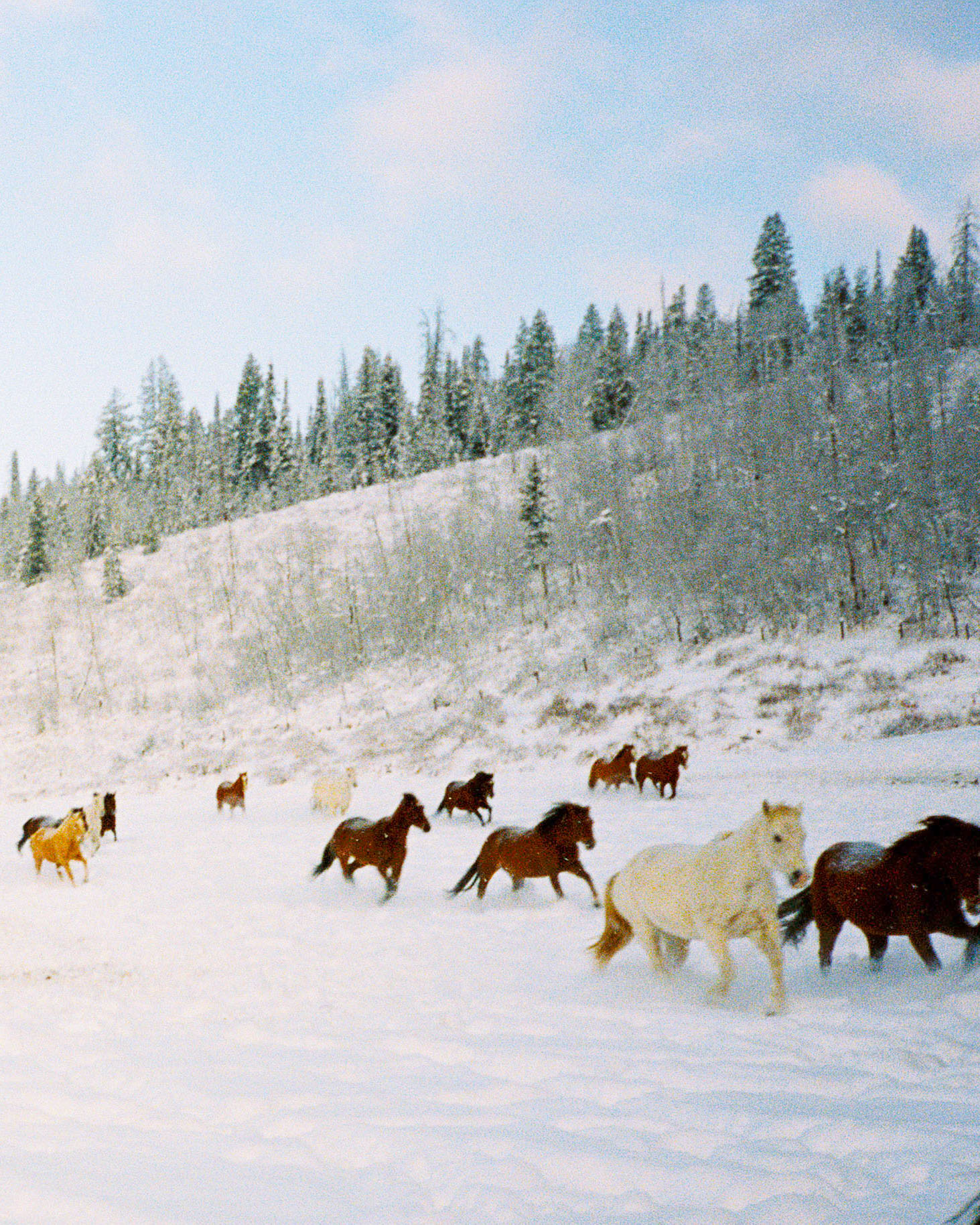
4 - Exploration of Themes and Series
You’ve developed several long-term visual studies that I love, each with a distinct theme. What drew you to focus on series like "Westworld," "Winter in Routt County," and "Islandland"?
One thing that draws me to continue pursuing photography as a hobby/career is its ability to capture a place and time.
I try to create escapism in my photography, and by focusing on a smaller area, I believe I can transport people into my world.
When people look at my grid I want them to gain a sense of awe and mystery, and I want them to wonder if that is really what the BWCA or Routt County is like. The sense of mystery is quickly vanishing from the world (or maybe I’m getting old) but I want to try and create some mystery and create a world based on my interpretation of the places I live/work.
I always love it when photographers sink their teeth into a project and enjoy seeing the end results. I hope I can reciprocate that.
Winter is often a time of fallow for creative minds, but in your “Winter in Routt County” series you document the isolation, harsh beauty, and human effort against the element. What is it about winter that energises you creatively?
I didn’t expect to create anything this winter and had planned to put photography down for the season.
Something inside of me drove me to do some exploring though, and I realized that one area of Routt County got routinely foggy and perfect for photography.
The winter here is barren but beautiful, and hopefully my photography showcases that.
As I write this many of the images I have for this series are still unpublished, but I hope it comes together like I envision.
One of my favorite directors, Alejandro Iñárritu once stated “The poet might know what he wanted to write, but he will never know what he wrote.”
While I know what I want to create, I will never know if I was successful, because I can’t see my own work like others do. All creatives are cursed with this dilemma.
"Islandland" offers a stark contrast to your other series, focusing on serene lakes and remote islands. What do these landscapes mean to you, and how do you see the relationship between nature and solitude in this series?
I took on this series while I was working as a reporter for the Ely Echo in Northern Minnesota.
I wanted to capture how the BWCA felt, not necessarily what it actually looked like. Paddling the waters and creating this series offered an escape from my mundane job and life, and I hope people can also briefly escape when they look at the pictures.
One of the themes of this series was isolation and the power of being alone. I wanted to express that there is vulnerability in solitude, but also power.
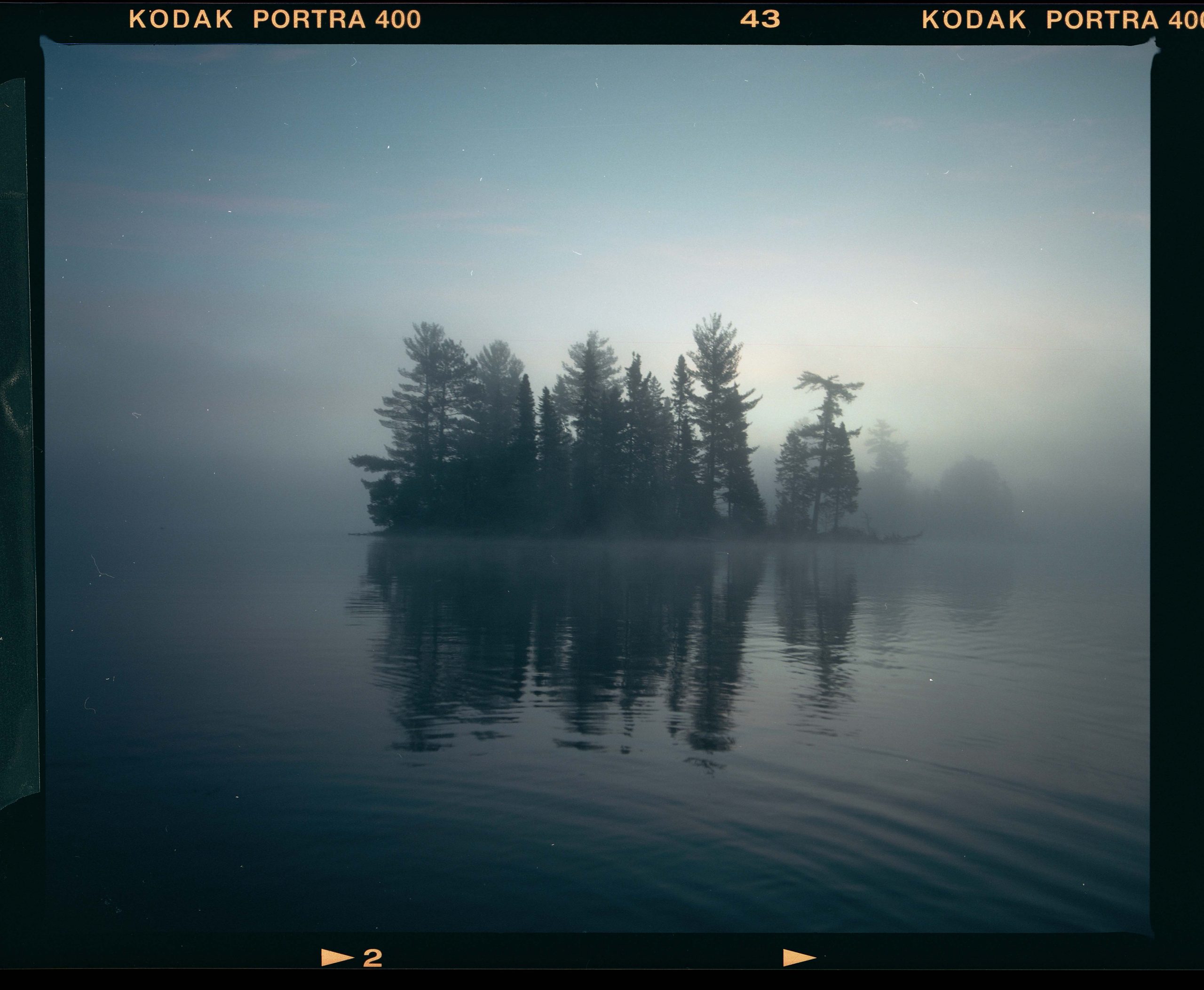
5 - Future Projects and Advice
Looking ahead, do you have any upcoming projects or themes you’re excited to explore? How do you see your work evolving as you continue to document the natural world?
I will be working on the Winter in Routt County series the rest of the winter, and I am extremely excited to continue exploring the themes of this series and to see where it takes me.
The themes I want to explore in this series is solitude (again), and memory. I want my photography to continue evolving as the way I want to express myself continues to evolve.
What advice would you give to film photographers, especially those who are trying to capture the beauty and complexity of outdoor landscapes?
I am one who doesn’t really believe in advice, especially when it comes to creative endeavors.
Get out there and do it yourself and find what works for you.
There is no right way to do it, only your way. Try not to get caught emulating one photographer too much, and try to take inspiration from many different photographers so that you create something new.
That being said, I am a big advocate of a high-quality, built-in light meter! You will save a lot of time and effort by exposing images correctly, and you will have a lot more fun knowing you can be confident in your readings.
Do you have any tips for maintaining patience and presence while shooting in sometimes unpredictable and harsh conditions?
The worse or riskier the conditions, often the better photographs you will get! Don’t shy away from the conditions! Be prepared and try to plan ahead for every circumstance! Dry bags and towels are huge when entering unknown conditions.
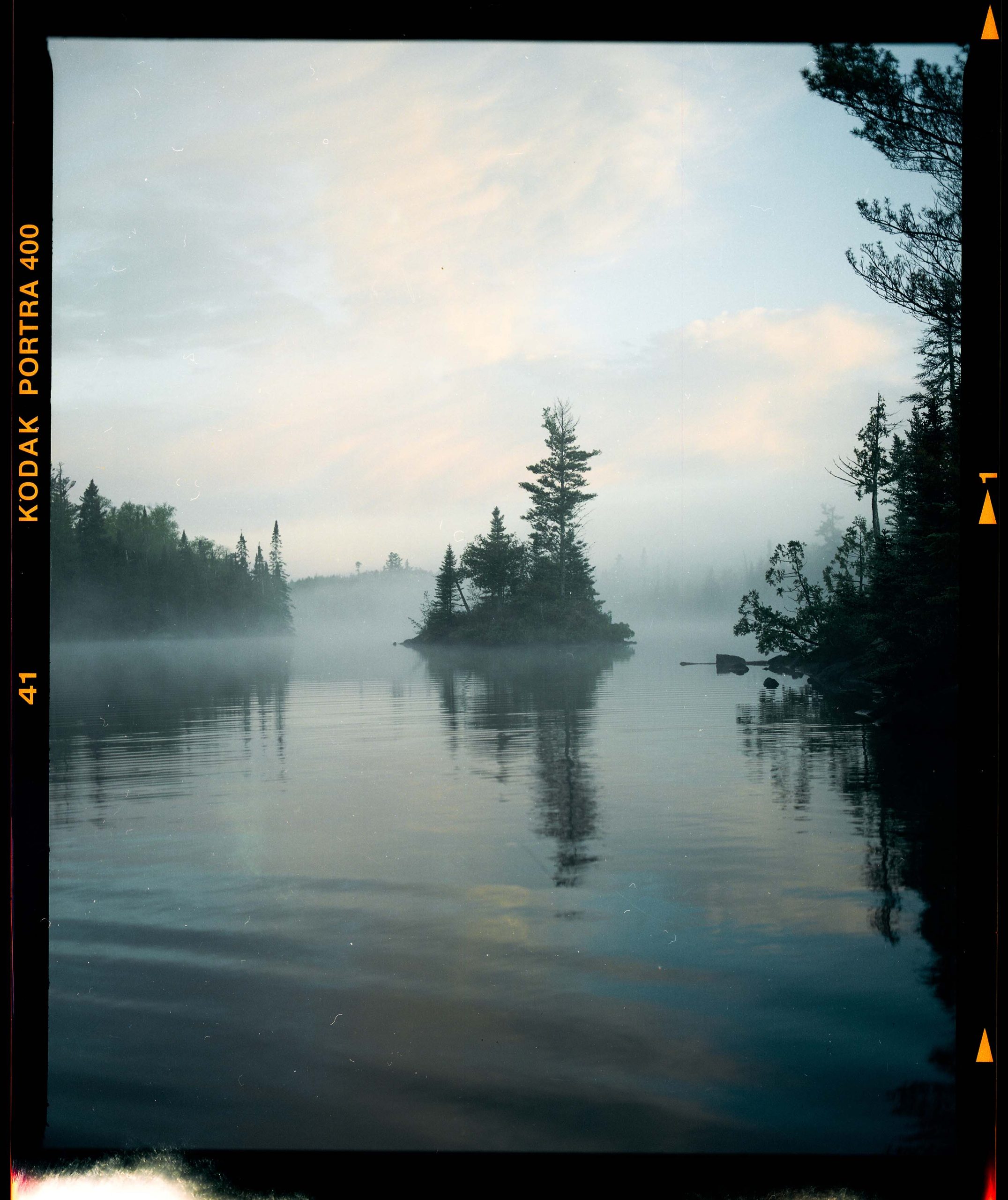
6 - Personal Reflection
How has photography changed your relationship with the natural world? Do you feel that it has deepened your connection to the places you photograph?
I’m not sure I can say it has changed my relationship with the natural world. I look at things in nature (animals, mountains, trees) and I empathize with them, not because it’s the right thing to do, but because I see myself in them.
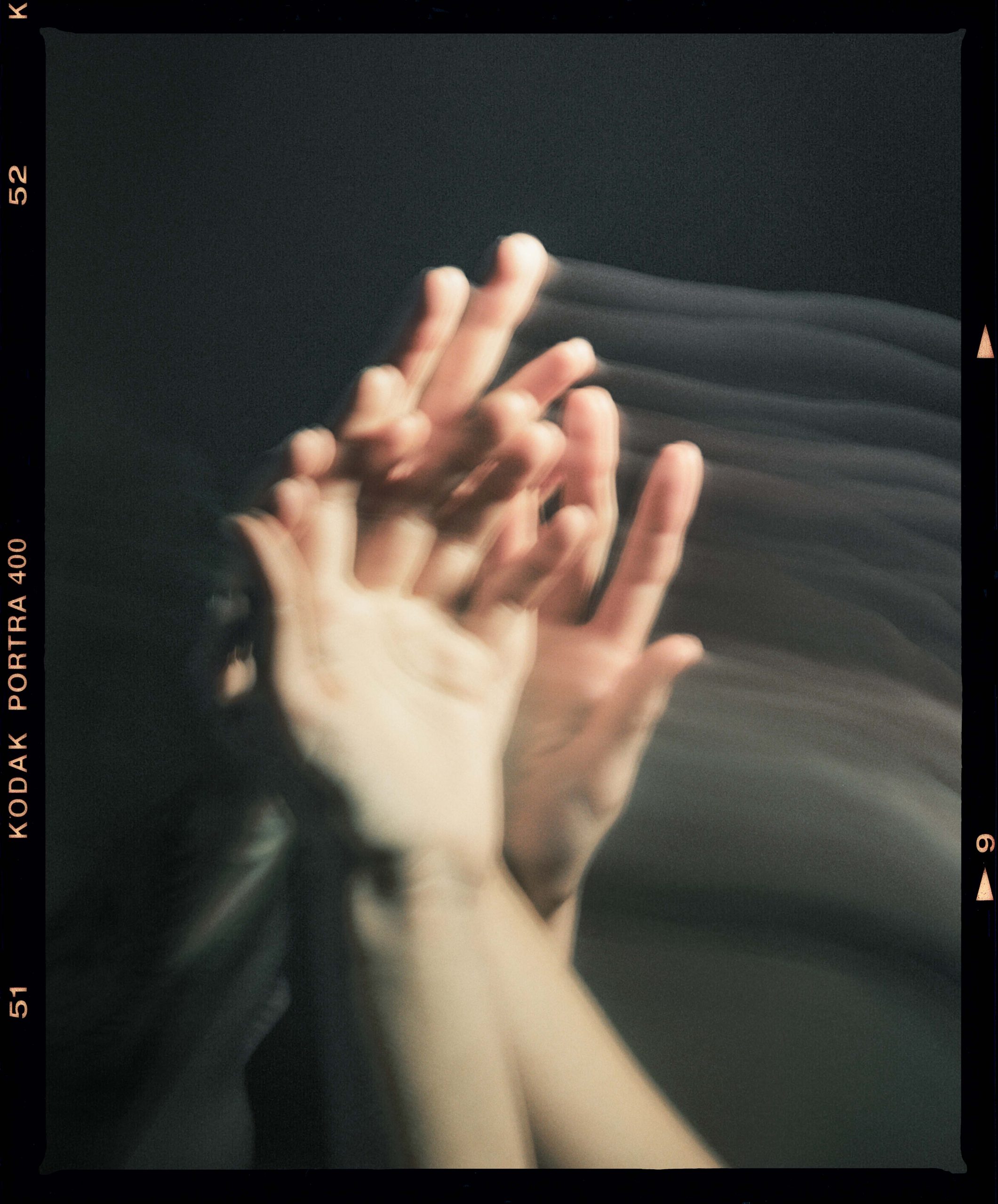
If you could go back to the start of your photography journey, is there anything you would tell your younger self, or something you wish you had known earlier on?
Having too many cameras will only set you back in your creative process. Have one or two cameras is all you need. I try and use between a 25mm and 50mm focal lengths, as I think it is a good representation of the human eye, and images taken with these focal lengths I find easier to relate to.
Lastly, how do you hope viewers of your work connect with the themes and places you’ve captured? What emotions or thoughts do you want to evoke through your photography?
I hope I can spark a sense of mystery in people, and I hope I inspire them to want to create their own photo series.
Fred Ostrovskis-Wilkes
I am a photographer, writer and design agency founder based in Sheffield, UK.